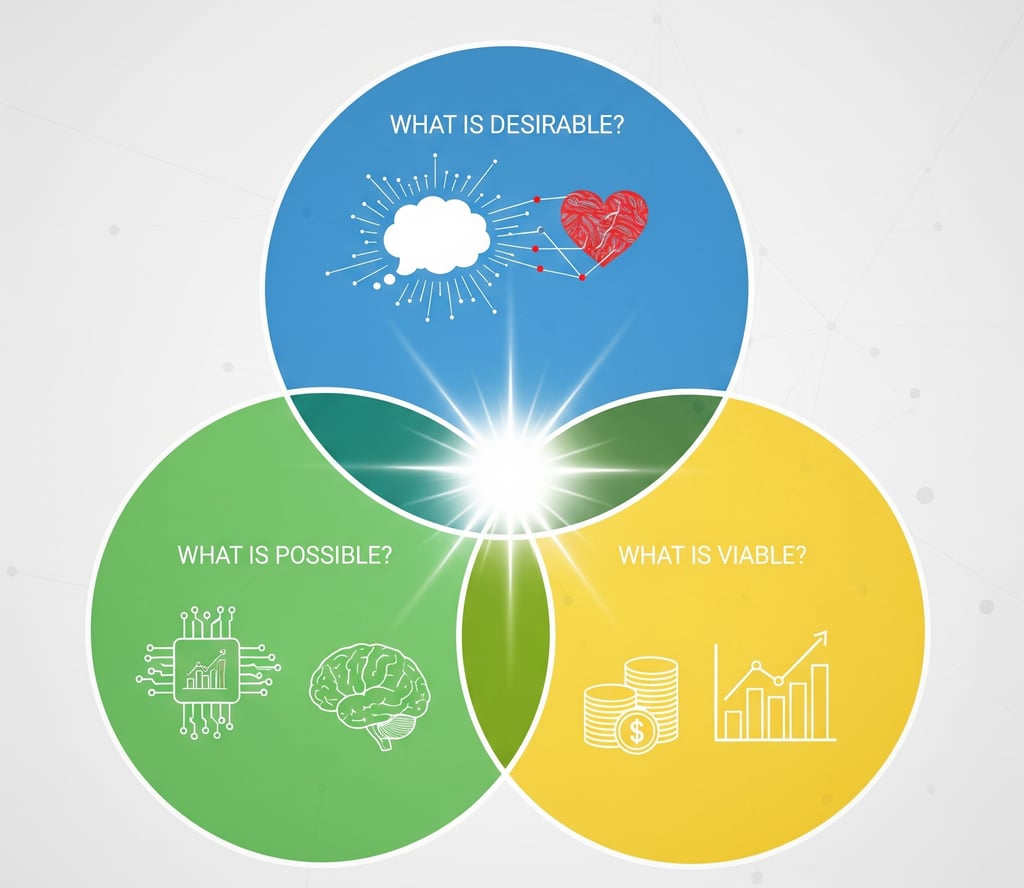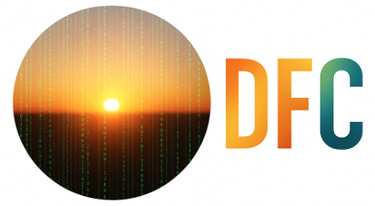Design Thinking: Discover, Empathize, and Understand to Innovate
Discover, Feel, and Understand Before You Create
TOOLS
9/15/20253 min read


Design Thinking: The Human-Centered Approach That Drives True Innovation
In a world where innovation is key to the survival of any business, the search for methodologies that drive creativity and effective problem-solving has become crucial. Design Thinking emerges as a powerful answer, an approach that goes far beyond aesthetics. It is a human-centered method that seeks innovation by deeply understanding users' needs, desires, and behaviors. It's a way of thinking that invites teams to dive into problems empathetically, prototype solutions, and test them quickly, ensuring that what is created truly resonates with the people who will use it. By emphasizing empathy and iteration, Design Thinking promotes a culture that values constructive feedback and continuous learning.
What Is Design Thinking?
Design Thinking is a non-linear, flexible, and collaborative approach that typically follows a flow of five main stages, although they can be revisited and interwoven throughout the process. The goal is to create solutions that are:
Desirable: that people genuinely want and enjoy using.
Viable: that are technically possible to build and implement.
Economical (Feasible): that are financially sustainable for the business.
The 5 Stages of Design Thinking: The Innovation Journey
Empathize: This is the most fundamental stage. The goal is to know, feel, and understand the universe of your target audience. This means going beyond statistics and delving into emotions and motivations. Tools like interviews, observation, and user journey mapping are used to gain deep, genuine insights.
Define: Based on the insights from the Empathize stage, the team synthesizes the information to clearly and focusedly define the problem. Instead of starting from an assumption, the problem is framed from the user's perspective. The question "How might we...?" is often used to frame the challenge.
Ideate: Once the problem is well-defined, the team enters the idea generation phase. This is a brainstorming stage where the volume of ideas is more important than initial quality. The goal is to think outside the box, challenge assumptions, and create as many creative solutions as possible, no matter how "crazy" they may seem.
Prototype: The best ideas from the Ideation stage are transformed into prototypes. A prototype can be a simple drawing, a paper mock-up, or even a script. The intention is to give the idea a tangible form so it can be tested. The philosophy here is: "fail fast and cheap," avoiding the investment of time and resources in a solution that might not work.
Test: The prototype is then tested with real users. Feedback is collected, and the team uses this information to refine, adjust, or even return to earlier stages of the process. Testing is not the end, but a cycle of learning that ensures the final solution is the best possible one.
Why Is Design Thinking Essential for the Modern World?
In a market dominated by commoditized products and services, Design Thinking offers a way to stand out by focusing on what truly matters: people. It not only seeks to create desirable solutions but also fosters an environment where innovation can flourish.
Fosters Collaboration and Creativity: Design Thinking breaks down organizational silos, uniting people from different areas to solve problems together. This collaboration leads to a diversity of perspectives resulting in more robust solutions.
Reduces Innovation Risk: By rapidly testing and validating ideas with users, companies minimize the risk of investing in solutions that lack demand. This saves resources and increases the effectiveness of product and service development.
Centers the Company on the Customer: It shifts the focus from "what can we build?" to "what do our customers truly need?" With this approach, companies begin to see their customers not just as consumers, but as valuable partners in the creation process.
Solves Complex Problems (Wicked Problems): Design Thinking is especially effective for dealing with problems that don't have an obvious answer, encouraging exploration and discovery.
Conclusion: A Mindset for the Future
Design Thinking is not a magic formula, but a mindset that transforms how companies face challenges. By placing empathy at the core of innovation and using a structured process to explore, create, and validate, organizations can develop products and services that people love. It proves that the most impactful innovation doesn't come from a boardroom but from a deep understanding of the human experience.
What problem in your company can you start addressing with a more empathetic lens today?
Innovation
Technology and Digital Transformation.
contact us
Apprenticeship
digitalfuturechanges@gmail.com
© 2025. All rights reserved.
